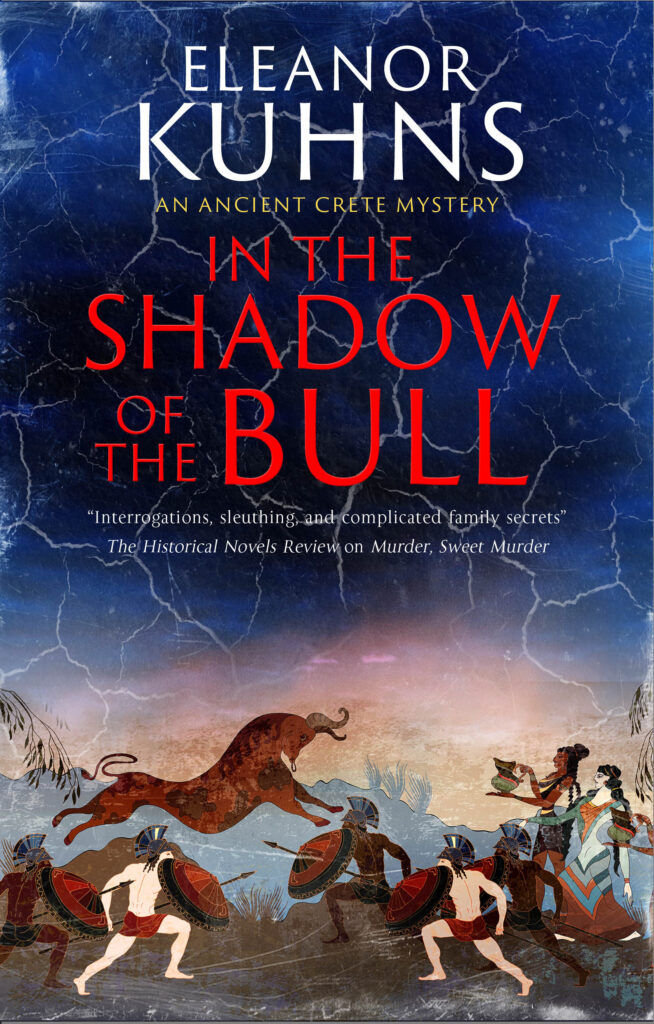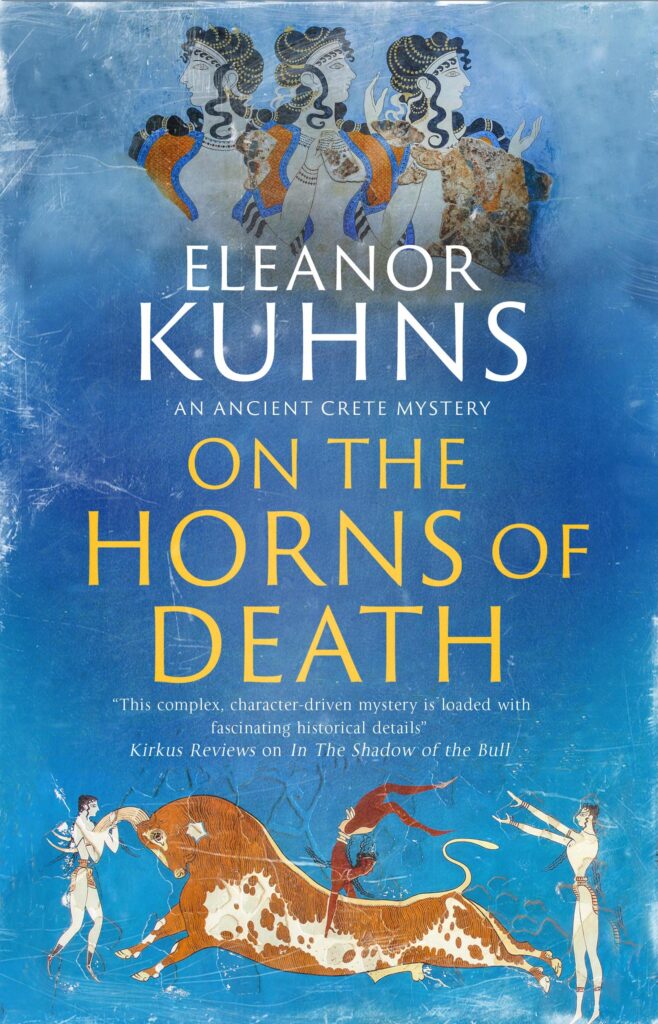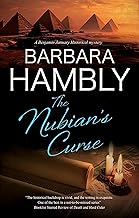As I’ve discussed in earlier posts, Artemis is one of the Gods who, it is believed, was a goddess in Bronze Age Crete and was adopted by the mainland Greeks. She remained virtually unchanged, unlike Hera who diminished from a goddess in her own right to the jealous wife of Zeus in Classical Greece.
Artemis was a virgin goddess and a goddess of the hunt, of vegetation, and of birth. Women in labor prayed to her.
In the myths of Classical Greece, Artemis was the twin sister of Apollo. (Daughter of Leto by Zeus.) And since those myths all seemed to be dark and full of cruelty, Artemis too could be cruel. She turned a young hunter, Acteon, who accidentally saw her bathing, into a stag and his own hunting dogs took him down.
In my Ancient Crete mystery series, Martis, my protagonist, is a follower of Artemis.


As a devotee of Artemis, Martis plans to remain a virgin her whole life.
As part of my research, I hope to visit Ephesus where the ruins of a temple to Artemis still stand. Enormous in scale, the temple boasted a double row of columns that became a model for other Greek temples. Besides honoring Artemis, the temple also served as a place of sanctuary. Recent excavations have shown the stalls, where refuge seekers slept.
Historical note: Cleopatra’s sister Arsinoe was double-crossed and murdered on the temple steps before she could reach the safety of the temple.

